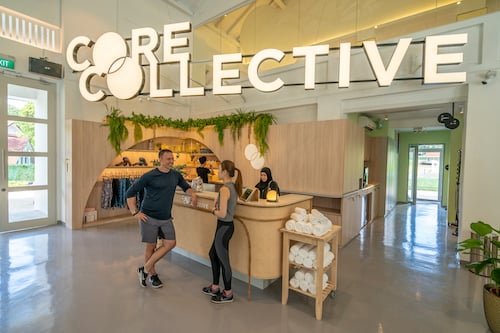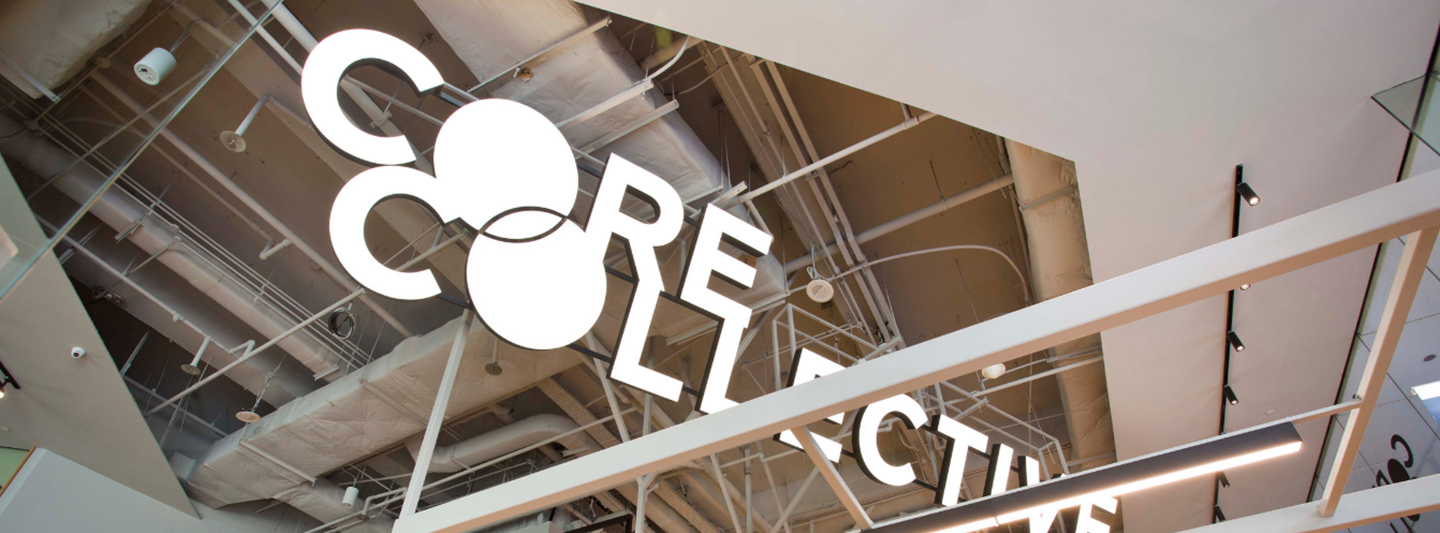We’ve covered the importance of building a brand in a previous blog article, and if you’re ready to commit to developing one for your own fitness or wellness business, naming your brand is one of the first few things you might be thinking about!
Names are one of a brands’ most valuable assets. It’s how customers will remember, know and refer to your business so it's pretty important that you don’t rush the naming process. That way, you can ensure you get it right the first time, and avoid having to make any changes to it in the future.
Unsure where to even begin on your brand naming process? Get inspired by these 8 approaches to brand naming!
1. Descriptive
A descriptive approach to naming your brand uses words that define or convey the product or service that your business offers - for example Activewomen, a personalised fitness coaching business by a personal trainer at Core Collective.
Descriptive names are easy to think up, and they can be pretty inexpensive when you dont have to spend lots of money on advertising to establish your brand identity. Typically, descriptive names are easier to get found on search engines (when people search for keywords that match that of your brand name) and for the public to come to know and recognise the line of business you are in.
2. Acronyms
Brand names can also be formed using the initial letters of a longer name or phrase, and for some well established brands such as NASA this approach has been proven to be highly effective and memorable if executed well.
Acronyms are also a good option to make long and difficult-to-remember descriptive names more memorable. An example of a brand name that utilises this approach, is IFN Singapore - which is an acronym of the descriptive name “Institute of Functional Neuroscience”.
3. Fanciful Names

Whether it’s composed of real or made up words, there are some brand names out there that just look or sound so good! Examples of fanciful names include those that rhyme such as Reese’s Pieces, or are alliterative like Core Collective, Krispy Kreme and American Airlines.
Fanciful names are not only fun to say, but they also stick much better than non-alliterative names, improving the chances of retention and recall making them highly unforgettable.
4. Neologisms
Some brands out there are neologisms, meaning that they were newly coined words or expressions that did not exist before the brand was named. Xerox and Wii are two top-tier examples of brands that used this approach to naming.
Coming up with a coined name requires a relatively substantial amount of research and creativity, however you may come to realise that it’ll have been a worthwhile investment when your brand is represented by a name that stands out, is super easy to trademark, is most probably available for .com domain registration, and is highly effective for brand building!
5. Onomatopoeia
.jpg?width=500&name=190712_Backdrop%20(1).jpg)
Onomatopoeic names use words that imitate or suggest the sound associated with a product. Examples of brands that used this approach include boxing fitness group fitness class brand, boOm, or swim school SWISH! Swimming. Both onomatopoeic names in these examples are strategic in that the public can easily associate the brand name with what it is that the brand offers.
6. Use of another language/myth
To come up with a brand name that’s particularly unique in your locality, you don’t necessarily need to limit your brand name to words within your spoken language. If there are particular words that you can borrow from other languages or myths or legends you can make reference to, those make for really unique brand names too.
Many established brands have used his approach, for example, one we’ve all come to know and love, Nike, was named after a Greek goddess of speed and the name means victory in the greek lexicon!
7. Personal identity
If you are the sole person in your business, this approach may be suitable for you. Brand names can also take after the name of the inventor or founder. Examples of these include Disney, Cadbury or if you’d prefer an example more contextualised to the industry we’re all in; personal training company Bodies By Lawrence is also a great example.
8. Geography
Some brands choose to define itself in relation to its geographical location. A common example includes The New York Times is is an American newspaper based in New York City, or personal training company Total Training SG.
Including your geographic location in your brand name allows people to easily identify where your business operates in, however something to take into account if you’re considering this approach is the limitations that may come if you choose to expand beyond your current location in the future.
Looking to start or grow your fitness, wellness or lifestyle business with minimum risk and value-added support services? Find out more about becoming a partner  .
.



.jpg?width=500&name=190712_Backdrop%20(1).jpg)
